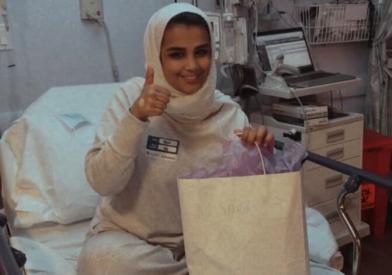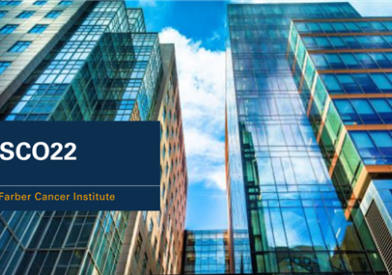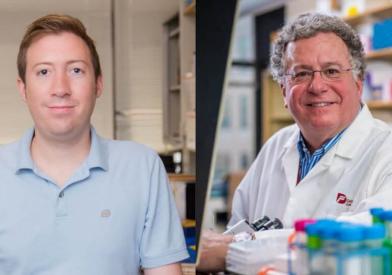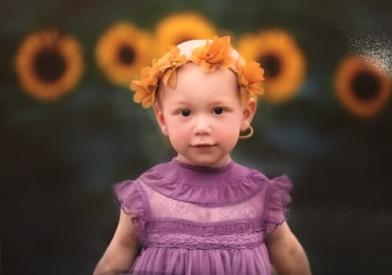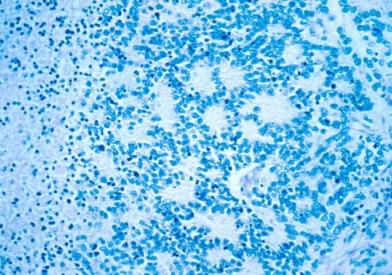About MIBG Therapy
Dana-Farber/Boston Children's Cancer and Blood Disorders Center was the first hospital in New England to offer MIBG therapy (metaiodobenzylguanidine) to treat high-risk neuroblastoma (including relapsed or refractory neuroblastoma), and is currently one of only about 10 hospitals in the country to provide this therapy.
Our I-131 MIBG room is a 256-square-foot hospital room designed specifically for this treatment at Boston Children's Hospital. The room has added protective features to help manage the MIBG therapy safely for both patients and staff and has an anteroom where parents can stay to help with the care of their child throughout the therapy.
How MIBG Therapy Works
Metaiodobenzylguanidine (MIBG) is a compound that can be combined with radioactive iodine (I-131) to deliver targeted radiation therapy. I-131 MIBG can be used to treat high-risk neuroblastoma, a cancerous tumor that begins in nerve tissue of infants and very young children. MIBG therapy is generally more effective, less painful, and requires less time in the hospital than other treatment options.
Originally developed as a blood pressure medication, MIBG is a compound that is absorbed by certain types of nerve tissue, including neuroblastoma cells. For many years, it has been used diagnostically to determine where cancerous activity is occurring within the body.
More recently, oncologists began using it to deliver targeted radiation to neuroblastoma. I-131 MIBG is administered to a child through an intravenous line and absorbed by tumor cells. This therapy destroys tumors while sparing normal, healthy tissue.
I-131 MIBG is well tolerated. The major side effect of therapy is low blood counts. A large study showed that 30-40 percent of children with relapsed neuroblastoma respond to MIBG therapy, which makes it one of the most active agents for relapsed disease. While it doesn't cure neuroblastoma, I-131 MIBG allows patients to gain control of their disease and provides the possibility of prolonged disease stabilization.
What to Expect
Although it looks like water, MIBG is actually a special medicine that contains radiation. Radiation used for therapy can be provided in two different ways. Typically, a machine delivers it from outside of the patient's body. However, radiation also can be given inside the body through a central line or IV.
When the radiation in MIBG is inside your child's body, it will find the cancer cells in your child's body and attack those cells. The procedure used to put the MIBG inside your child's body is called an infusion, and it takes less than 2 hours. Once it's done, your child will need to stay in the hospital room for the next few days to control the radiation exposure to others and for monitoring.


